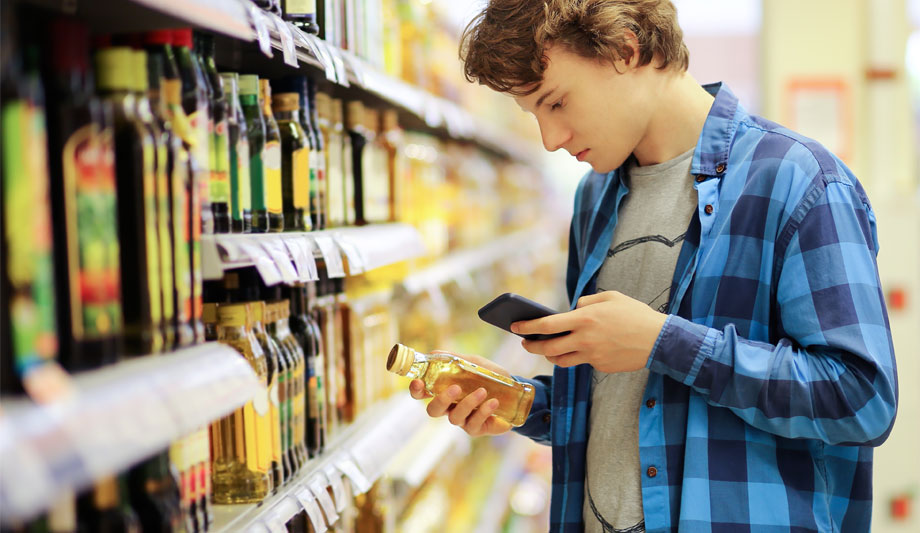Amazon Go is a new idea in retailing, now being tested at a store in Seattle, that eliminates the need for customers to go through a checkout line. The so-called “just walk out” experience depends on “the world’s most advanced shopping technology.” Customers simply enter a retail store, choose the goods they want, and leave. The checkout process is automated: The selected goods are charged to the customer’s account automatically.
Solving shoplifting
Most of the information I have read about the system emphasises its benefits in terms of customer convenience. However, another huge benefit would be to essentially “solve” the problem of shoplifting. Anyone – criminal or not – who enters the store, takes items and leaves will be charged for the goods.
Shoplifting has been a huge and intractable cost for retailers for decades. Solving it is no small feat, and the potential money savings could help to pay for wider use of Amazon Go technology. After all, the high costs of the system are cited as one obstacle to wider implementation.
Amazon Go smart phone app
The Amazon Go system involves a smart phone app that identifies the customer as he or she walks into the store (presumably through a turnstile). In addition, there are computerised systems in place that automatically identify which customers pick up which items from the store shelves, and keep a running, real-time tally of who buys what. No need for check-out lines; it’s all automatic. Customers only need an Amazon account, a supported smartphone, and the free Amazon Go app.
There are computerised systems |
Currently, the first Amazon Go store is being tested in Seattle; Amazon employees are using the store now in a Beta programme, and it will be opened to the public in 2017. Goods include ready-to-eat food items, as well as grocery essentials ranging from bread and milk to artisan cheeses and locally made chocolates.
Future of Amazon Go
How fast might the technology become more widespread? The Wall Street Journal earlier reported that Amazon envisioned opening more than 2,000 physical stores in the United States, although the company denies the report, perhaps in the interest of lowering expectations.
Amazon describes the technologies involved as “computer vision, deep learning algorithms and sensor fusion.” Suffice it to say the 1,800-square-foot store relies on cameras and microphones, as well as infrared, pressure and load sensors on the store shelves. Surveillance cameras track customers through the store, as does computerised analysis of the sounds they make as they move about. In effect, the store has a continuous awareness of where everything and everyone are at any moment, and movements are analysed to determine what items are being purchased. The system also relies heavily on Amazon’s cloud computing service.
Eliminating retail shrinkage
Shoplifting accounts for some 38 percent of shrinkage in the retail community. It appears Amazon Go would eliminate most, if not all, of those losses, which could contribute substantially to any return-on-investment evaluation when deciding whether to expand the concept to a wider audience. Customers would likely also be willing to pay a premium for the convenience of not waiting in line, and automated processes tend to lower labour costs.
The retail market depends on physical security technologies to fight shoplifting, and is also embracing a variety of those technologies, especially video surveillance, to boost the level of customer service. Amazon Go is a showcase for how far technologies have come, and it also suggests other ways innovation could be used in the physical security market and beyond. By automating the checkout process, while also eliminating shoplifting and adding customer convenience, the concept of Amazon Go might just be a winner. That is, assuming customers wouldn’t rather just shop online and have goods delivered.









